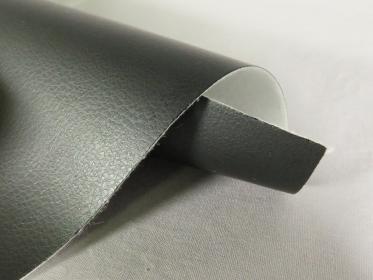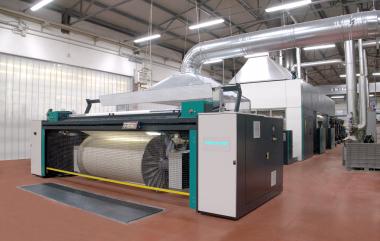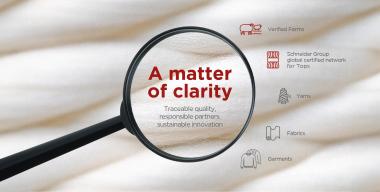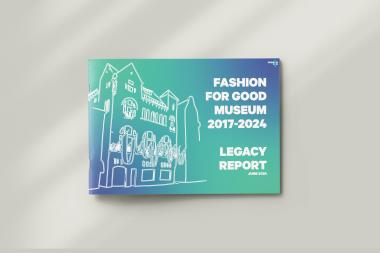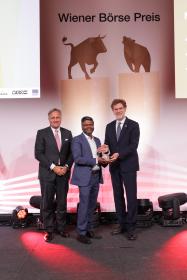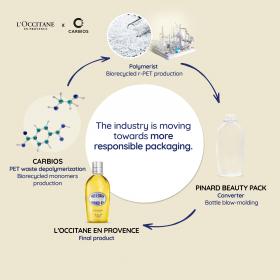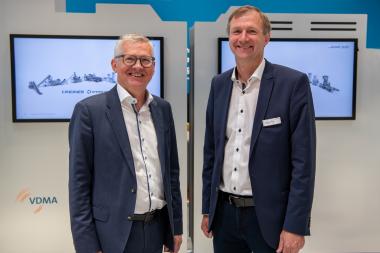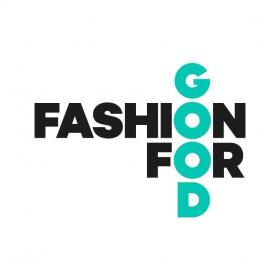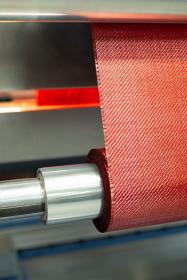Gesamtverband textil+mode: Pilotprojekt für smartes textiles Rücknahmesystem
Unter der Überschrift „Starke Partner für starke Lösungen“ haben sich der Gesamtverband der deutschen Textil- und Modeindustrie e. V., das Forschungskuratorium Textil e. V., die Stiftung GRS-Batterien und die Gemeinsame Rücknahmesystem Servicegesellschaft mbH zu einem Konsortium für ein gemeinsames Pilotprojekt zusammengetan. Ziel ist es, die Erfahrungen aus dem Rückgabesystem für Batterien zu nutzen, um ein auf mittelständische Textil- und Modehersteller zugeschnittenes gemeinnütziges Rücknahmesystem zu entwickeln.
Uwe Mazura, Hauptgeschäftsführer des Gesamtverbandes der deutschen Textil- und
Modeindustrie: „Mit dem neuen Konsortium schmieden wir eine starke Allianz und wollen als zentrale Player die Anforderungen des Gesetzgebers maßgeblich mitgestalten. Wir wollen Lösungen entwickeln, die ganz neue Standards in Sachen Nachhaltigkeit und Kreislaufwirtschaft in der Textil- und Modeindustrie setzen.“
Die aktuelle politische Diskussion um die sogenannte „Erweiterte Herstellerverantwortung“ wird von den Partnern des Pilotprojekts als Chance für eine proaktive Mitgestaltung gesehen, wie Dr.-Ing. Julia Hobohm, Geschäftsführerin der Gemeinsames Rücknahmesystem Servicegesellschaft mbH betont: „Tatsächliche Herstellerverantwortung erfordert den Aufbau einer funktionierenden und schlagkräftigen Producer Responsibility Organisation und sollte dringend auch von den Herstellern mitgestaltet werden. Wir freuen uns auf das gemeinsame Projekt und die Zusammenarbeit.“
Die deutsche Textil- und Modeindustrie mit ihren rund 1 400 Unternehmen und über 120 000 Beschäftigten sowie mit ihrer leistungsfähigen Textilforschung an 16 Instituten bringt ihr Know-how in das Pilotprojekt ein. Ziel ist es, Textilien an ihrem Lebensende nicht einfach als Abfall, sondern als Rohstoff zu sehen. Um dies zu erreichen, müssen viele technische Herausforderungen gelöst werden. So kommen neben hochwertigen und recycelbaren Textilien auch immer mehr minderwertige Ultra-Fast-Fashion-Textilien globaler Billigmarken in den Abfallkreislauf. Im Pilotprojekt sollen sogenannte Producer Responsibility Organisations (PROs) dafür sorgen, dass Sammel- und Recyclingziele sowie hochwertige Wiederverwendungs- und Verwertungsverfahren erreicht werden. Das Projekt setzt sich aus Experten der beteiligten Verbände, der Wissenschaft und der PROs zusammen und soll durch weitere Verbände, Politik und Behörden begleitet werden.
textil+mode Gesamtverband der deutschen Textil- und Modeindustrie e. V. Textil e. V. GRS-Batterien Kreislaufwirtschaft
Gesamtverband textil+mode





